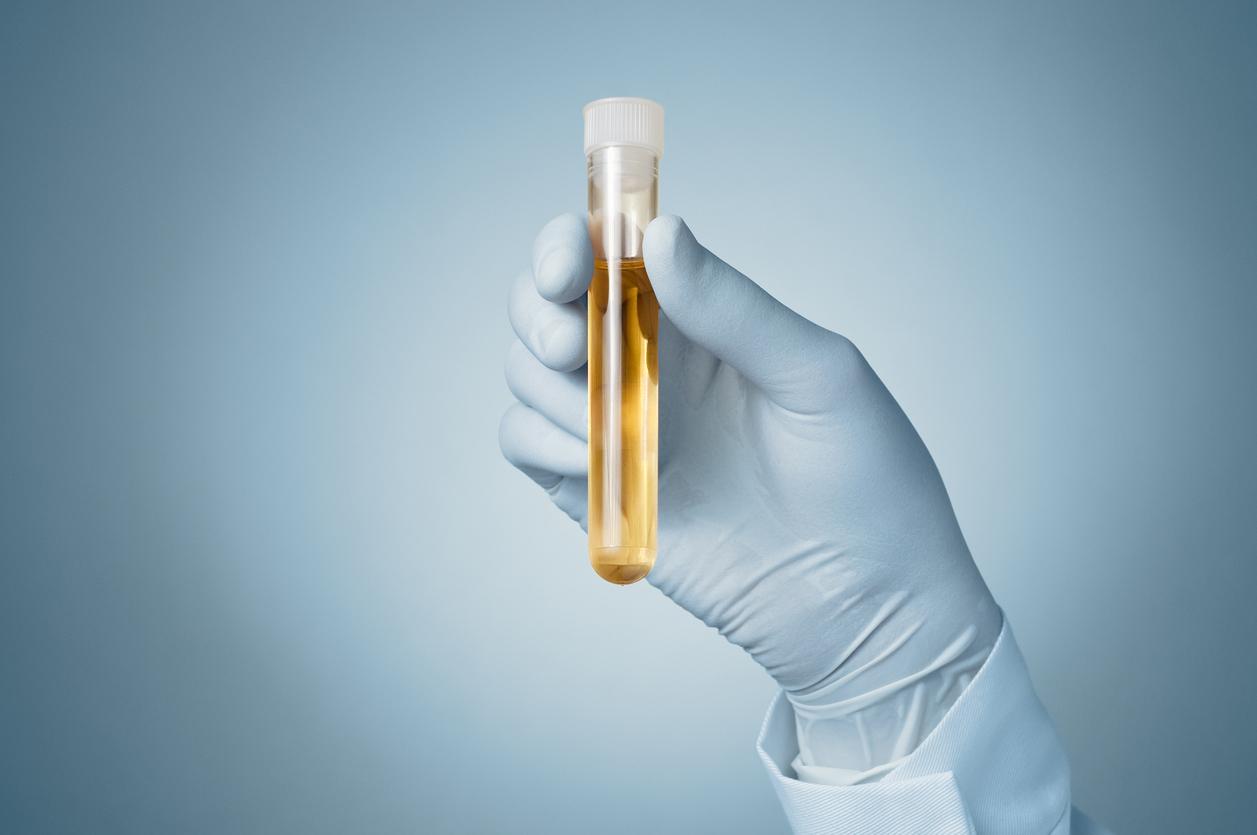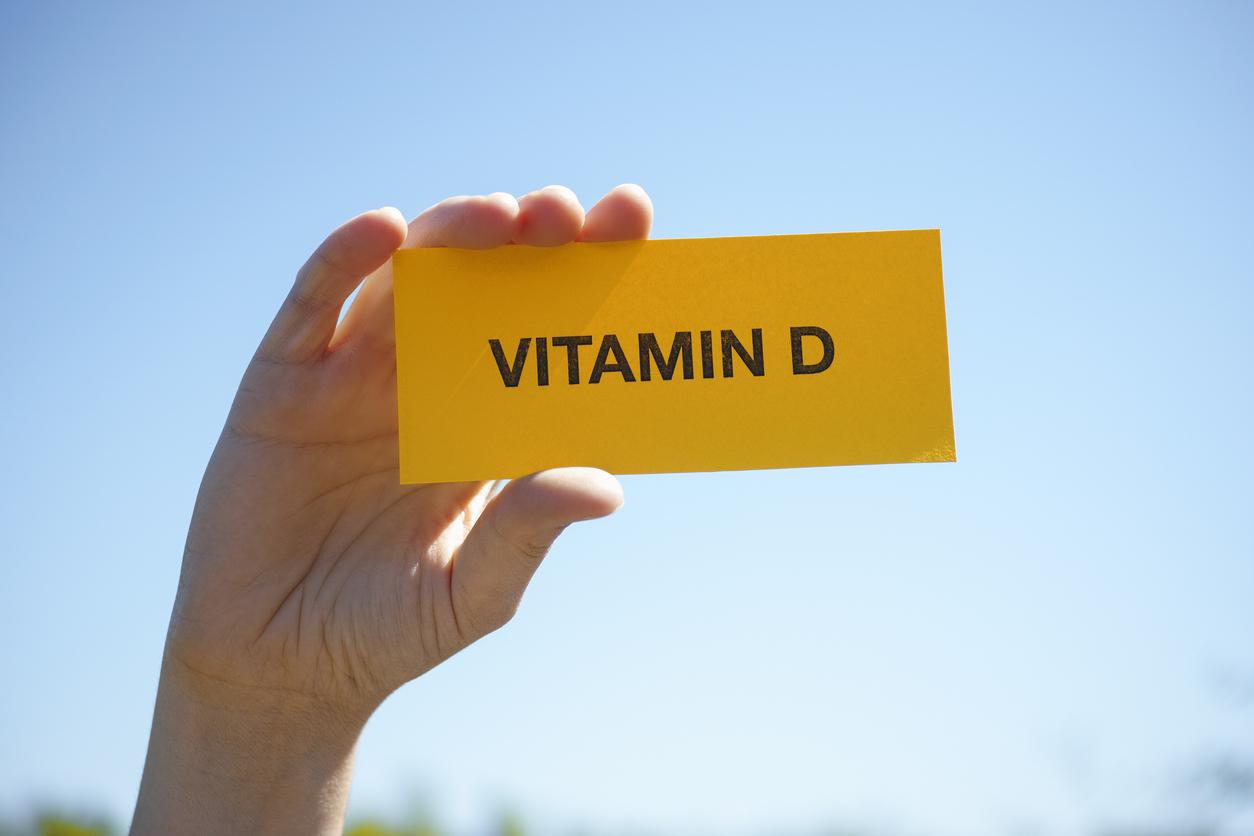In the event of a potassium deficiency, here are the symptoms to watch for and the diet to favor for the body to function.

- Certain foods help maintain a stable potassium level in the blood.
- The usual value of potassium concentration in the blood is 3.5 to 4.5 mmol/L.
It is an essential mineral: potassium is essential for muscle contraction in the body, whether it is the smooth muscles found in the walls of the intestine or the arteries, in the bronchi and bladder, skeletal muscle or heart muscle.
Symptoms
A lack of potassium leads to a few symptoms that can be dangerous.
Thus, fatigue is the most common symptom, but cramps, muscle weakness, nausea, constipation and intestinal bloating can also be observed.
This is because low potassium levels prevent muscle cells from recharging with energy.
Heart rhythm disturbance
When the deficiency is severe, it can cause a disturbance of the heart rhythm where its frequency, the intensity of the contractions and the regularity are affected.
We talk about cardiac arrhythmia: the heart needs potassium to contract, without it, it can no longer perform its functions.
In case of heart arrhythmia, palpitations, dizziness, too slow or too fast pulse, drop in blood pressure, shortness of breath or chest pain may occur.
2 grams per day
To maintain good health, it is therefore essential to consume foods rich in potassium: these are legumes (white beans, lentils), vegetables (chard, spinach, potatoes, cabbage, mushrooms, spinach, broccoli) , fruits (avocados, bananas, apricots, pineapple, citrus fruits, blackcurrants) and dried fruits (walnuts, almonds, pistachios, dates, figs).
Meat, fatty fish, cocoa, wheat germ and whole grains also contain it.
The quantity of potassium brought by the food must vary between 2 and 6 G per day to cover the minimal needs estimated at 2 grams per day.

















